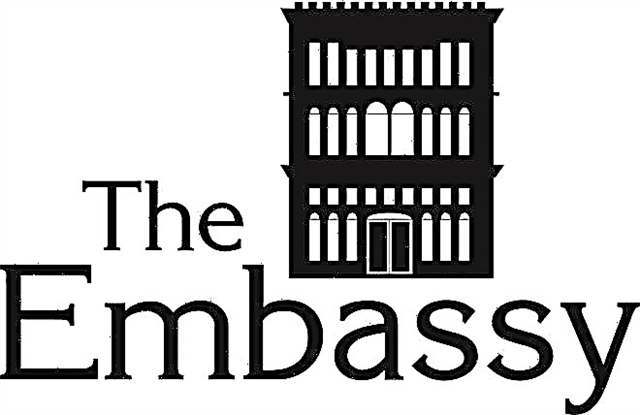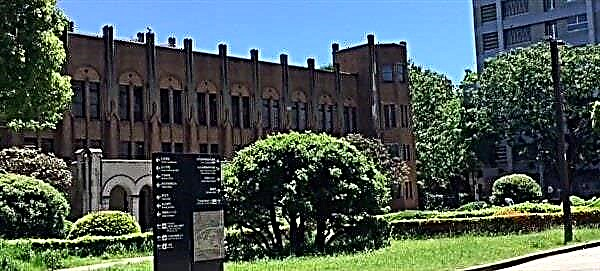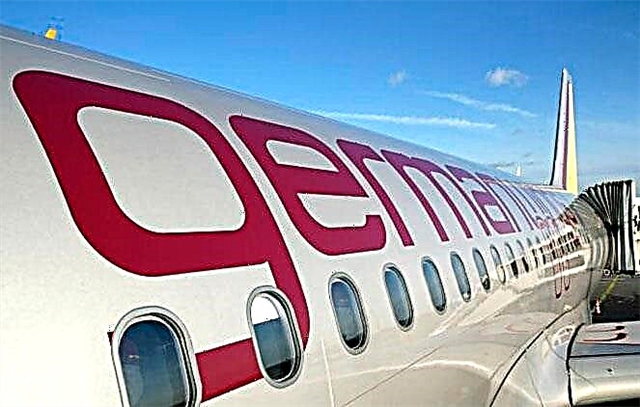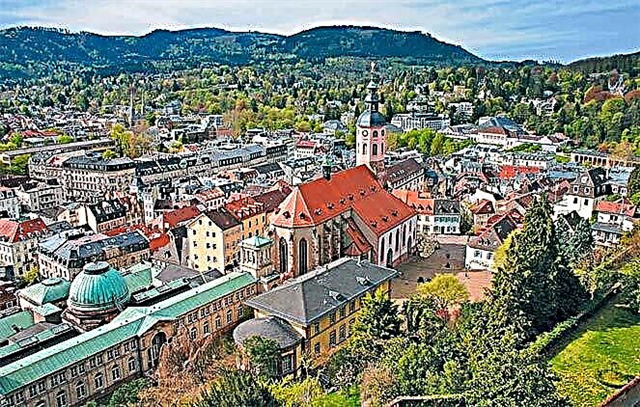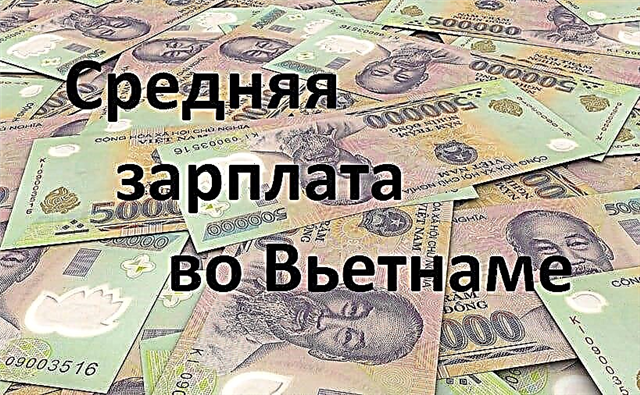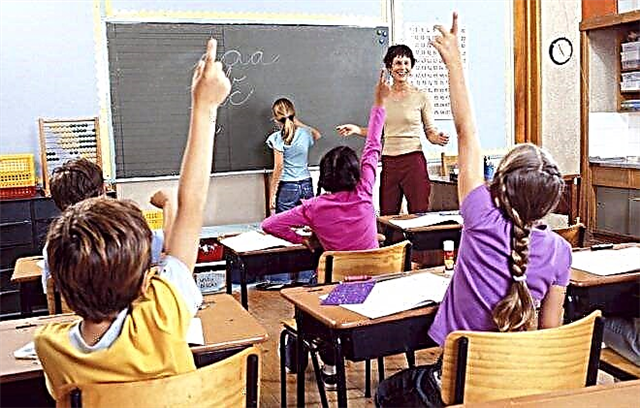The educational system of the Italian Republic is completely subordinate to the state, which finances schools of all categories and levels and controls the work of private educational institutions, develops programs and recruits teachers on a competitive basis. A school in Italy has a number of distinctive features that must be taken into account by everyone who has decided that his child should be educated in this country.

What is the school system
The educational process within the school begins for little Italians at the age of 6. It lasts 12 years and is divided into several stages:
- Primary classes (scuola primaria) - 6-10 years old.
- Middle classes of the I stage (scuola secondaria di primo grado) - 11-13 years old.
- Middle classes of the II stage (Istruzione secondaria) - 14-19 years old.
Primary education is a compulsory stage for all residents, including children of immigrants, regardless of whether the parents of the student are staying in Italian territory legally or not.
The education system in Italy also presupposes preschool education and training in universities. But both of these stages are optional, and therefore parents and children can decide for themselves how multilevel the educational process will be for them. In kindergarten, children are not taught to write and read. The main emphasis is on the development of creative skills, thinking, communication skills.
School classes begin in mid-September and last until mid-June. In each region, the exact start and end dates of classes may fall on different dates. The academic year in Italy consists of two semesters.
Features of training and types of schools
All school institutions are divided into public and private. Both are subordinate to the Ministry of Education. But the latter most often provide services on a paid basis and are not entitled to issue certificates. All graduates of private schools will have to pass exams at a public educational institution.
The compulsory stage of study lasts 10 years (5 years of primary school, 3 years of secondary, two years of vocational guidance in the second cycle of the educational process). Therefore, it is rather difficult to say how many classes there are in an Italian school. It all depends on which path the student chooses. Education from 6 to 16 years old is provided free of charge.
It is very important that schoolchildren always come to classes on time (8.00 or 8.30). Skipping lessons must be justified. But, whatever the reason, the total number of missed classes should not be more than a quarter of the entire academic year. If a child does not go to school for more than 6 days due to illness, a certificate from a doctor will be required.
The duration of one lesson is 50-60 minutes. The breaks last no more than 10 minutes. This allows you to complete the educational process by lunchtime, and therefore in most schools there are no canteens.
In Italy, there is a 10-point knowledge assessment system. The results are summed up in June and January. All results are recorded in the report card, which is sent to the parents.
Even if by the end of the year the child has 1-3 uncounted subjects, he can (with the approval of the teachers) be transferred to the next class, provided that he pays off the debt. This can be done by attending additional classes and passing an exam.
School uniforms are not available in Italian schools. But for elementary school students, there are some rules: boys are allowed to go to class in white and blue plaid or plain blue clothes, girls - in pink and white or pink. In secondary school, there are no requirements for either the style of clothing or its color.
Primary classes
Scuola Primaria begins for little Italians at the age of 6. At this stage, they learn:
- arithmetic;
- reading;
- music;
- Painting;
- native language and writing;
- foreign language and other subjects.
Grades are not given in the first grades. Instead, the student receives "good", "excellent", "satisfactory". Italian children with special needs can receive an inclusive education from the very first year of study.

At the end of the initial “five-year plan”, schoolchildren take examinations in several subjects (written and oral) in state educational institutions. Only then can they get their certificates and go to high school.
Secondary school level I
In the middle grades, the main subjects are added:
- art;
- natural Sciences;
- geography;
- history (including law and constitution);
- physics;
- a second foreign language (of any EU state to choose from);
- chemistry.
Particular attention is paid to the study of foreign languages. Knowledge control is carried out every year. If the exams are passed "satisfactory", the student is left for the second year.
By the end of the first stage of secondary school, students will have to pass a written exam in Italian, English and a second foreign language, and an oral test in algebra and geometry. After that, the student is issued a diploma of completion of the first stage, with which he can continue his studies.
Secondary school level II
Children study at Istruzione secondaria from 14 to 19 years old. After the fifth academic year, they will have to pass final exams. They are required for employment or university admission.
As soon as the first stage of the school is completed, the student can choose exactly where he will study for the next 5 years:
- at the Lyceum;
- at an art school;
- at a technical college.
They differ in the curriculum. The Lyceum focuses on abstract and theoretical disciplines. There are 6 types of lyceums: art, humanitarian, scientific, classical, linguistic, music.
In technical colleges, most of the time is devoted to mastering the profession: from a tour operator to a cook and a rural worker. Here, after three years of study, a student can get an intermediate specialty by passing an exam in a specialized subject and start working.
Those who plan to enter a university must unlearn another two years in the upper classes.
Schedule and Holidays
School education in Italy is structured so that parents can choose the right timetable for their child from two options provided:
- 40 hours a week, Monday-Friday from 8.30 am to 4.30 pm with meals provided in the school cafeteria;
- 27-30 hours a week, Monday-Saturday, with lunch outside of school.
Some schools establish a uniform learning process for all.
In Italy, school holidays fall on the following periods:
- two weeks at Christmas (most often from December 26 to January 6);
- one week in March or April at Easter;
- 2 months in summer.
The school administration informs parents about additional days off during the year.
Admission to an italian school
The enrollment of children of foreign citizens in one of the local schools is carried out under the same conditions as for Italians. Children who have started classes not from the beginning of the school year may be required to pass tests that will reveal their level of knowledge.

Admission to the Italian school takes place online. Persons staying in the country illegally do not have a codice fiscal (TIN), and therefore with an application can apply directly to the educational institution.
Upon admission, you can choose:
- whether to study religious studies or replace it with other subjects;
- whether to attend an extended day group;
- whether to use the school bus, if available;
- Whether to dine in the dining room. If so, the application must indicate if the child requires a special diet.
Secondary education in Italy for Russians is available in any type of school. For enrollment, you must prepare the following documents:
- Online application.
- Proof of the child's identity.
- Certificates stating that he was trained in the country of his citizenship.
- A medical certificate indicating the student's health status and a list of vaccinations. In Italy, there is a list of compulsory vaccinations. If any vaccinations are not available, the school will notify the health department.
It will be possible to start classes even in the absence of these documents. But only on condition that the parents can provide them within the next 6 months. All papers must be translated into Italian and certified by a notary.
Popular Italian schools
The choice of where to send the child remains with the parents and the future student. The share of private schools is 5% of the total number of educational institutions in the country.

The ranking of private schools in Italy at the beginning of 2021 based on the principle of popularity looks like this:
- Saint Stephen's School (Rome) - offers programs in English and Italian, type of accommodation - full board.
- Renaissance School (Lanciano) - training is conducted only in English. The cost of training is from 15 thousand euros for 1 semester.
- Liceo Eleonora d'Arborea is for those interested in Sardinian schools. Education here is possible at all levels of secondary education, from primary school to high school.
- Saint Louis School (Milan) is a private coeducational school. Offers programs in English only. Price for 1 semester from 32 thousand euros.
In what budget training in a private educational institution will result, depends on the city, program and characteristics of residence. A school in Pisa, for example, is cheaper than in Milan. Half board will cost less than permanent school accommodation.
International educational institutions deserve special attention:
- British School of Milan is a collaborative day school founded in 1969. Children from 3 to 18 years old study here.
- American Overseas School of Rome - opened in 1947. This international school in Italy teaches over 600 students from 43 nationalities in 12 programs.
- Blyth Academy Florence is a day school that teaches the Canadian program in English. Founded in 2021.
- Marymount International School Rome is a private Catholic joint day school, the program of which is built on the American model.
The following educational institutions can also be categorized as "Best Schools in Italy": Canadian College Italy, St. George English International School, International School of Como, Gentium Scola Opitergium (School of Talent).
Educational institutions for Russians
Many migrants try to find a school for their child where instruction is in Russian. Some are guided by the fact that this will allow the child not to forget their roots, others simply face a language barrier. There are Russian-language schools in Italy, and there is a choice.
In Rome, at the Embassy of the Russian Federation, there is a school for the children of employees of the Russian authorities and the Russian Foreign Ministry. But if there are vacancies, the administration enrolls children of all Russian citizens who have arrived in the country to work and are permanently residing in the country for education.
The Russian school in Milan is named after L.N. Tolstoy. She turned 10 in 2021. It is a non-profit educational institution providing complete secondary education. About 200 students study here and today the school is one of the largest Russian schools in Italy. On the basis of the educational institution, there is a kindergarten, an early childhood development group, an elementary school, a lyceum, studios and circles, Russian language courses for Italian speakers.
School "Harmony" in Milan is a bilingual training and educational center, where training is carried out at the following stages:
- preschool group;
- primary classes;
- high school;
- lyceum.
Creative circles, the Educational Tourism Association, and outbound camps for children in Italy and abroad are also working here. Those interested can use the distance learning program.
All schools in Italy for Russian children provide the study of Italian and English.
Outcomes
School education in Italy is divided into several stages: primary school, middle first stage, middle second stage. The educational process lasts 12 years and is compulsory for all children, regardless of the status and legality of stay in the country. The school curriculum and the educational process as a whole are fully regulated by the state.

